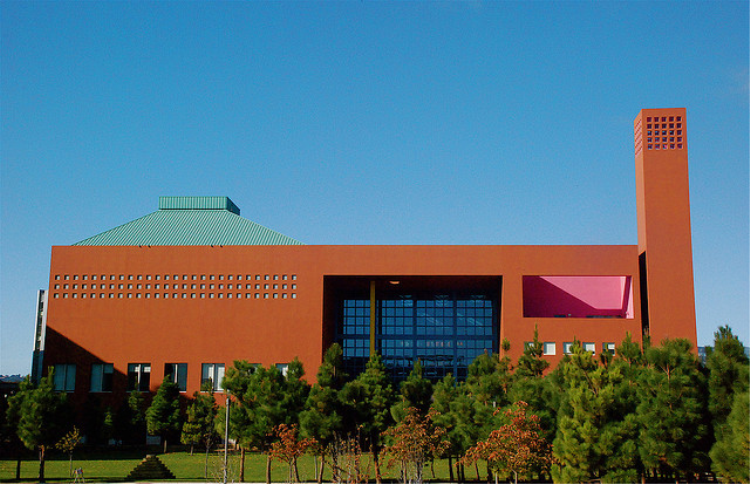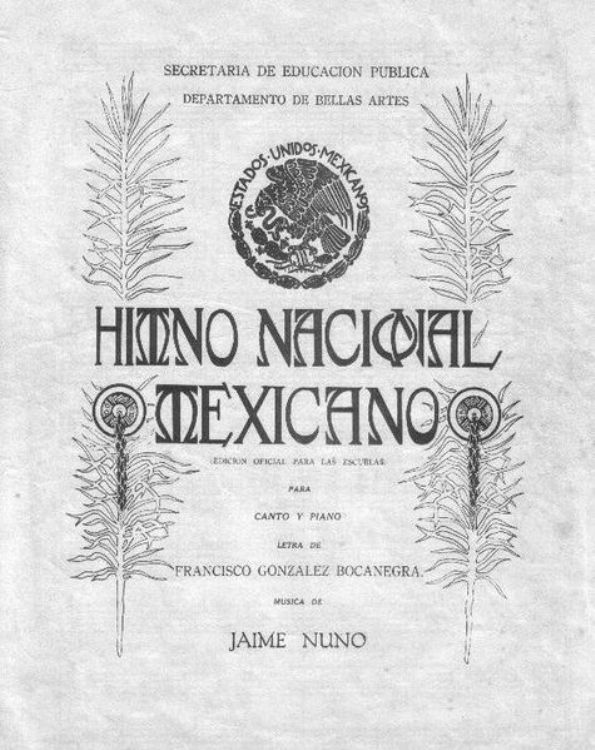Ricardo Legorreta-Vilchis, pioneer of the architecture in Mexico

Ricardo Legorreta Vilchis, who was an ensign and a great representative of the Mexican architecture worldwide, was born on May 7, 1931 in Mexico City and died on December 2011 after leaving his works at four out of the five continents (except Oceania).
He undertook his studies at the UNAMâs National College of Architecture graduating in 1952. He worked from 1948 to 1955 in the office of Jose Villagran Garcia (renowned architect who developed his own architectural theory) starting as a draftsman. He ended up becoming partners with the same Jose Villagran in the early 60's, leaving him in part to devote more time to his profession as a teacher in the same institution: UNAM.
In 1964 Legorreta founded his own "studio": Legorreta Architects, which later changed its name to Legorreta + Legorreta, being appointed by the UNAM at the end of that same year, as a suitable place for students to perform their community service. It is at this point that the prime of Legorretaâs life begins, with the construction of the Smith-Kline Laboratories (presently the headquarters of the Commission on Human Rights) . His work continued with the College âCedrosâ, the Chrysler Factory and the Casa Lomas Altas.
Then, in 1968, he began the construction of the Camino Real Polanco Hotel (his most recognized work) as well as the construction of the offices of the SEMARNAP. From this point on, he initiated several projects with this chain of hotels, building in places like Ixtapa (1981), Cancún (1975) and Monterrey (2007).
Over the next decade he worked on several projects: The restoration of the Old Palace of Iturbide, the construction of the IBM factory and the current offices of the Federal Court of Justice, and the construction of the Renault and Kodak factories as well as the master plan for Huatulco. However, it wasnât until 1988 when he got his first recognition from the Academy of Arts in Mexico. In the academic environment, in 1985 he began teaching at the University of California and remained there until 1998 being aided by Charles Moore.
At the beginning of the year 1990 he was named amongst the 30 Leader Architects for the Architectural Program of Domino's in the USA. In 1991 he helps in the construction of the Museum of Contemporary Art in Monterrey, and in 1992, he receives the Award for "Architect of the Americas" in Montevideo, Uruguay. In 1993 he advocated the construction of the famous Papalote Children's Museum and the remodeling of the Chapultepec Zoo, as well as the Centre for National Arts âLa Esmeraldaâ. At the end of the decade, in 1999, the International Union of Architects awarded him the Medal of Honor of its organization.
In 2001 he received the Award for Life and Works, which is given by Cemex. Also in 2002 he received the Order of Isabel la Católica granted by the government of Spain. In 2005 he designed the Combo of the Juarez Plaza and the Tlaltelolco Tower. In the same year he was awarded the Doctorate Honoris Causa by the Roger Williams University. During 2007 he began the construction of the BBVA Bancomer Tower in partnership with the Architectural Offices of Rogers Stirk Harbour + Partners.
Ricardo Legorreta always felt very proud of his origin and used to say that, thanks to Mexico, (referring to its architectural power) was that he had designed so much during his life. His work is characterized by the creation of spaces and a good management on the proportions and the use of intense colors. He has also been recognized because of his amazing work in restoring historic buildings and turning them into museums. His most famous quote is:
"Mexico is a country of architects: In the depths of its being and its history, every Mexican is a creator."
His death on December 30, 2011, was mourned by the artistic community, and the President of Mexico as well as the Mayor of Mexico City expressed their grief. His works are so extensive that they have their own website: http://legorretalegorreta.com
Photo: CTG/SF
Photo: kieranmcglone






